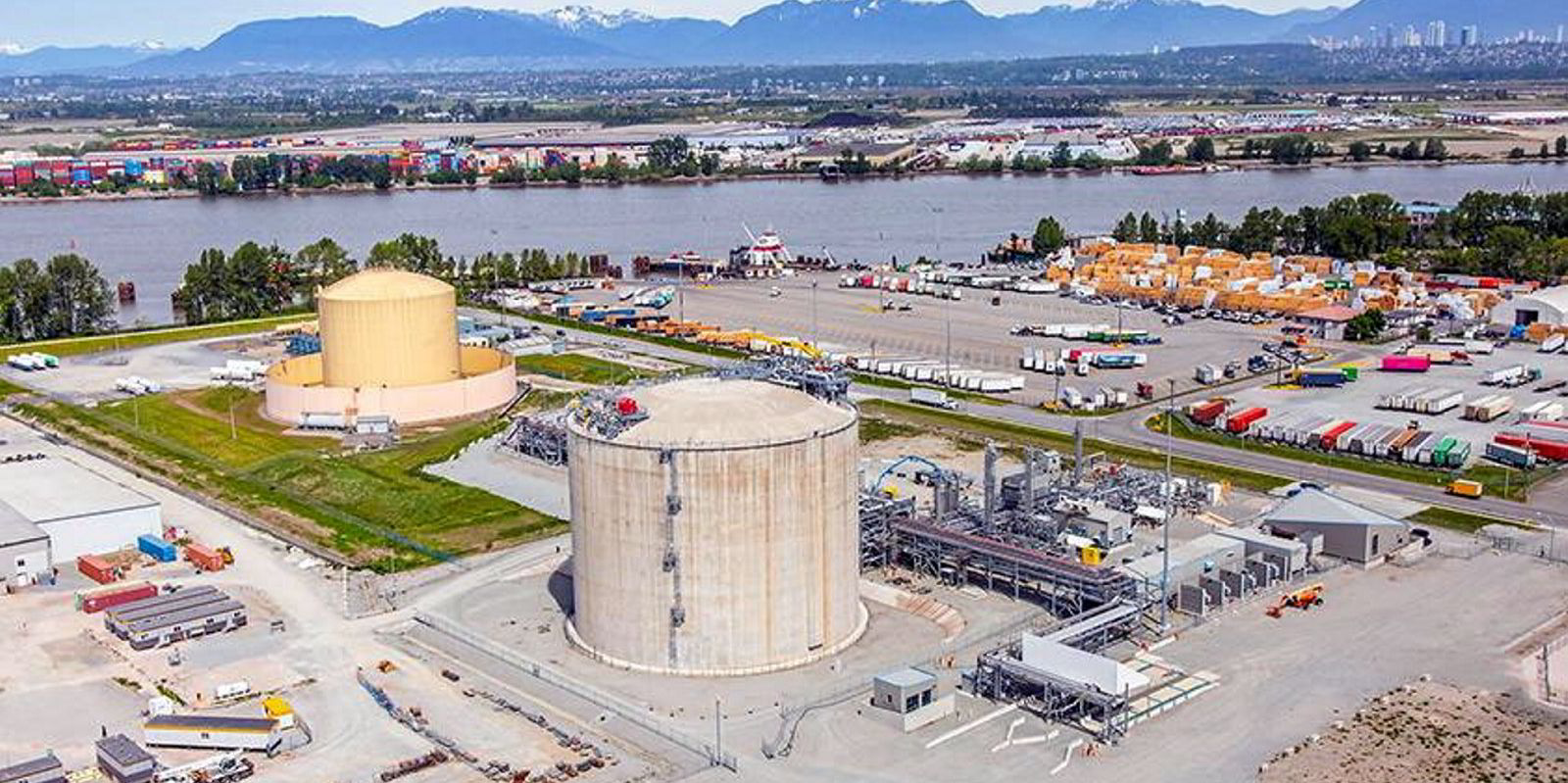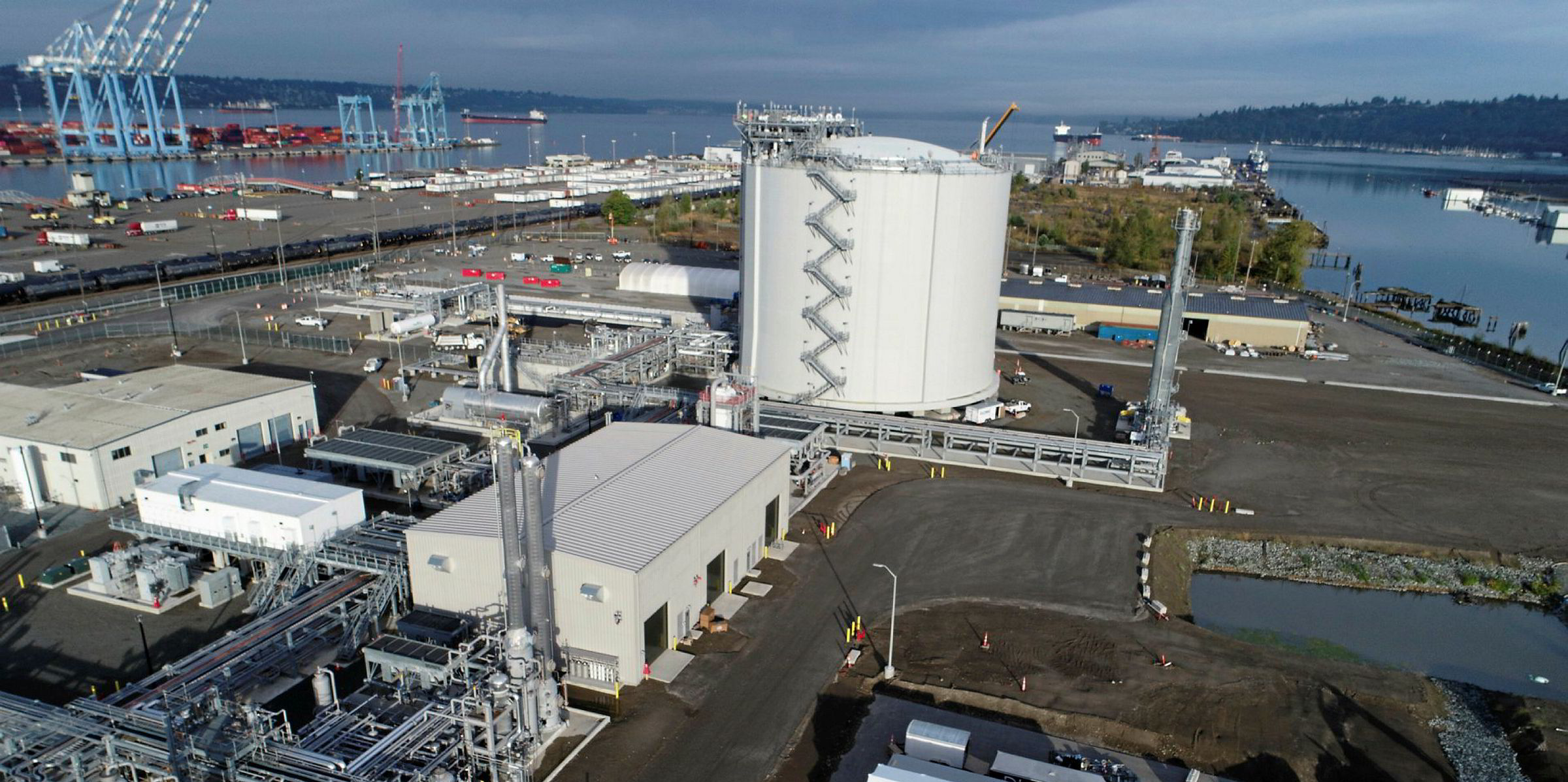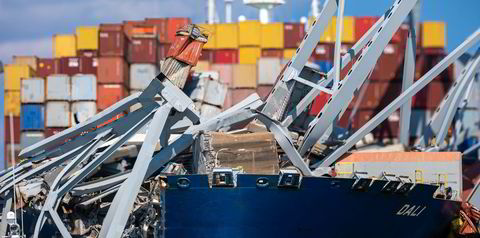Vancouver-based SeaspanLNG has pencilled in its long-planned order for a 7,600-cbm LNG bunker vessels at CIMC Sinopacific Offshore & Engineering (SOE) in China.
The company, which is part of Canadian west coast operator Seaspan Marine Transportation, said it has signed a letter of intent with the yard.
SeaspanLNG, which has been working with VARD Marine on the unit’s design, said the vessel will be able to refuel “multiple ship types” and serve a wide range of terminals. It will also engage in ship-to-ship LNG transfer and coastal shortsea shipping operations.
The company said the design will also incorporate emissions reduction technologies and consider underwater radiated noise.
First mover?
Harly Penner, director of fleet engineering and vessel development at SeaspanLNG, said: “We look forward to continuing to develop the design over the next months and are excited to partner with SOE to have the first LNG bunker vessel on the west coast.”
Penner said last year that the planned LNGBV will be available for operation in the Port of Vancouver from 2023.
Seaspan will own and operate its LNGBV, which will be Canadian-flagged and crewed by domestic seafarers.
Ambitions
The company, which already operates two truck-supplied, LNG-fuelled ferries, has been working with Canadian utility FortisBC, which currently produces about 1,500 cbm of LNG per day, to build a new bunkering berth.
Beyond Vancouver, SeaspanLNG also has ambitions to supply LNG bunkers in British Columbia and further south along the west coast of North America in San Francisco and the large container port of Oakland.
Seaspan Marine president Ian McIver said: “Seaspan LNG will continue to build the LNG bunkering opportunities in our regions.”
Mike Leclair, vice president for major projects and LNG at FortisBC, said the upcoming order is “an important step” in establishing British Columbia as an LNG bunkering hub.
“Promoting the use of LNG as a marine fuel is not only an economic opportunity for the province, it is one of our most significant opportunities to take meaningful climate action,” Leclair said.
“LNG produced at our Tilbury facility is among the lowest carbon intensity in the world and can reduce greenhouse gas emissions by up to 27% compared to common marine fuels.”






